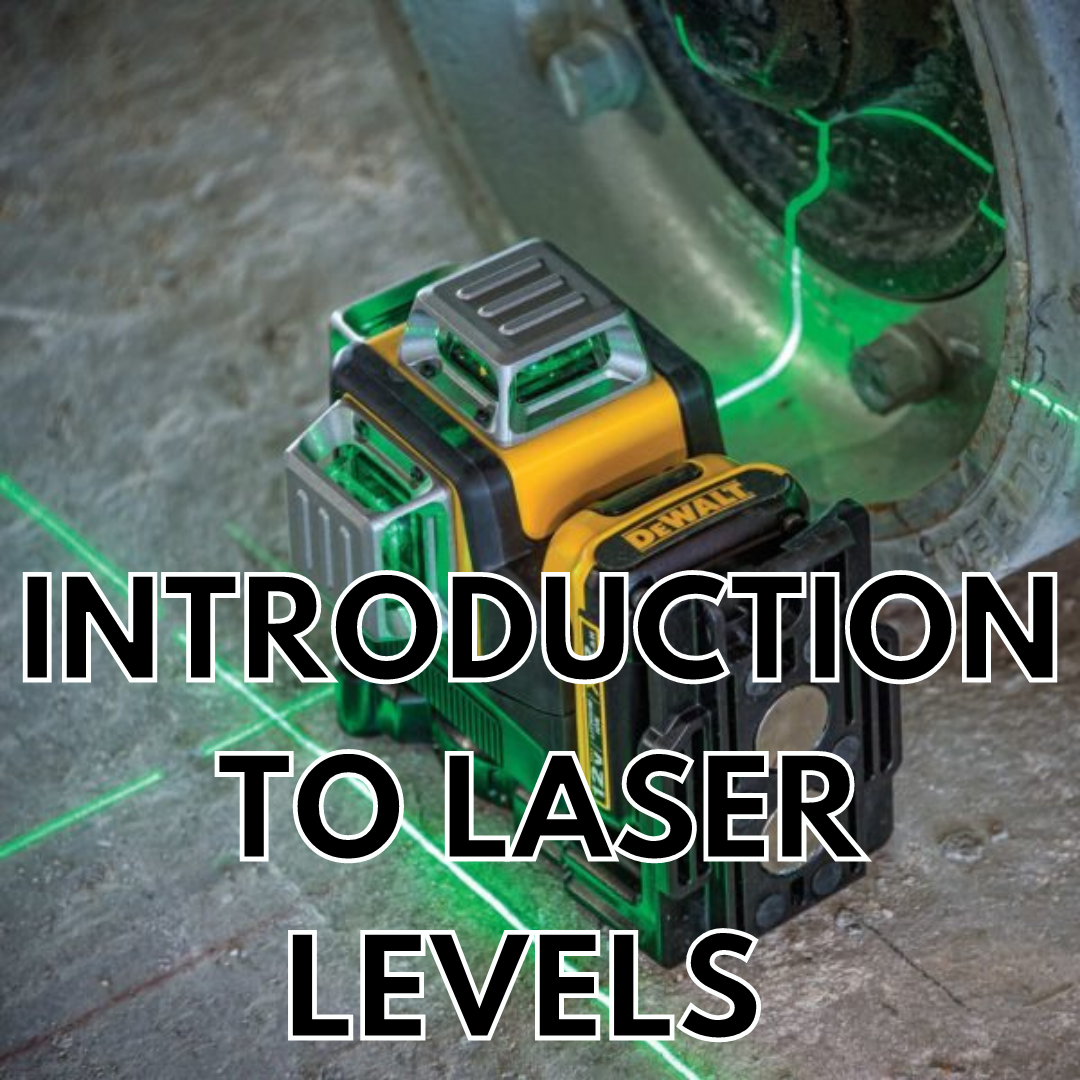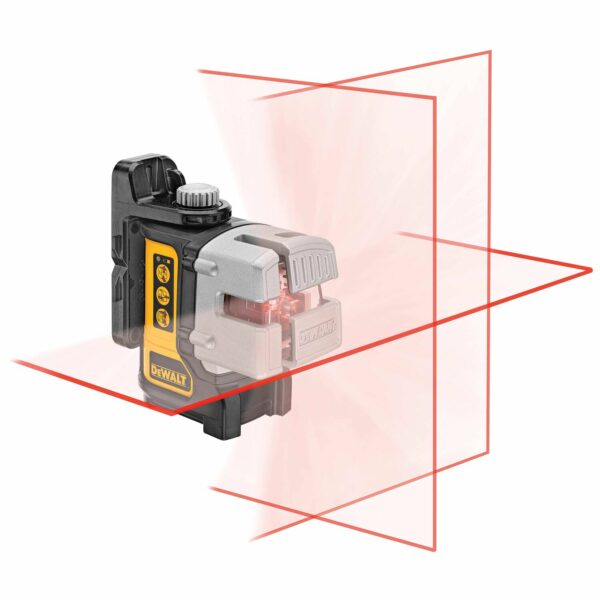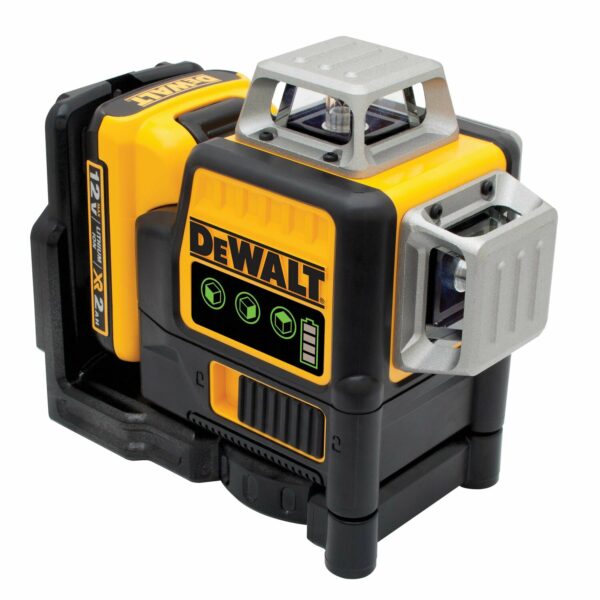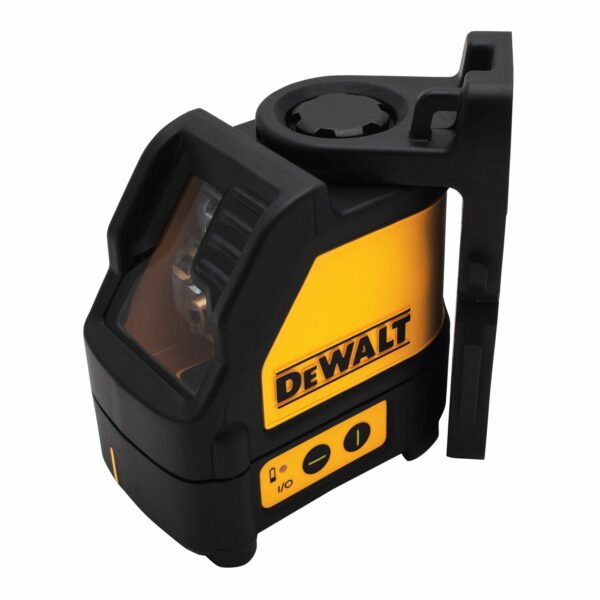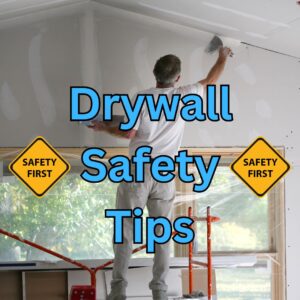Introduction to laser levels
Laser levels are a mainstream tool typically used in the construction and surveying industry for levelling and lining up applications. They project a continuous red or green line onto a horizontal or vertical plane. Laser lines can be used for anything from hanging photos to expert building work, including drywall. This guide discusses all the steps necessary in establishing your laser, guaranteeing you get the most accurate and reputable readings. This article will explore various kinds of lasers used for work: rotary, cross line, and self-levelling.
How does a laser level work?
A laser level uses a laser – “a gadget that emits light through a process of optical amplification based on the stimulated emission of electromagnetic radiation” – to project several fixed lines or dots along a horizontal or vertical axis. A laser line allows you to align your work to these lines or dots for straight and precise work. Some laser levels integrate lines and dots.
What is a laser level used for?
Laser levels are typically utilized in applications where a straight and level reference point is required over a bigger surface. They are almost like a visual chalk line. Utilize them for fitting dado rails, hanging photo frames and all other professional levelling applications where your point transfer requires to be specific. Laser levels can be utilized for a variety of indoor and outdoor applications.
Numerous laser levels come supplied with a tripod or work with one. A laser tripod will provide the laser with higher stability and assistance in professional applications, so you can rest assured you will attain the most accurate outcomes every time. We suggest you consider purchasing a ‘self-levelling’ laser level. These designs are the simplest to use and provide the most significant level of precision. They’re ideal for all kinds of drywall levelling.
Self-levelling lasers immediately find and keep a level within a defined variety. Manual levelling lasers need the operator to manually level the system by turning the system’s thumbs screws and getting the unit levelled by looking at the bubble vials—red laser level. You can likewise incorporate a laser detector (sometimes called a laser receiver).
If you prepare to use your laser level outdoors, you will require to use a laser detector. They assist you in finding a laser beam in environments where it isn’t visible to the naked eye, such as broad daytime.
Types of laser levels
Cross-line laser uses a prism to deflect the laser roughly 180 degrees vertically, horizontally or both.
Rotary laser spins the beam quickly enough to give the effect of an entire 360-degree horizontal or vertical plane.
How do you use a laser level?
Now that we understand more about lasers let us deal with setting one up. Lasers are usually quick and straightforward to operate, which implies you can get to work quickly. Please note that there are various types of lasers on the marketplace, which might handle in multiple methods. For the most part, this is the method for using a laser line.
- Attach the laser level to the tripod (if you are using a tripod). Most tripods have adjustable legs and a built-in levelling bubble. Use these to ensure your laser is level on the tripod and not anywhere likely to fall over.
- Turn the laser on and adjust it by ensuring that the bubble is aligned inside its vial (unless it is self-levelling, it will do this for you – provide it time to do so).
- It will produce a level beam onto the surface you’re working with.
- Determine a point on the ground at your desired height and task the laser onto the surface area you need to level. Depending on your laser, the beam can be a dot, line, or a mix of dots and lines.
- If you are using a laser detector, repair it to a levelling rod with a clamp. Move it up and down the rod up until it beeps. When you hear a beeping noise originating from the detector, it means that it has discovered the beam.
- Fasten the detector in place and make the necessary measurements.
What is a laser detector?
A constraint of using a laser level is the difficulty of seeing the lines/dots in highly bright lighting conditions, such as outdoors on a sunny day. A laser detector (in some cases called a laser receiver) helps conquer this issue, permitting you to see and use your laser in outdoor applications. Laser detectors merely find the invisible laser line to the naked eye, although they are not as generic as you may believe. The laser detector directs the user to position the laser higher or lower on an aluminum-grade rod to ensure a level reading. It sounds like an audible alert that increases in frequency near the level point. Some lasers may require a detector; for those that don’t, consider the following before selecting one to choose your laser.
Laser levels need to have ‘pulse mode’ in order for a laser detector to detect the laser.
Rotary lasers will not work with line laser detectors.
Some detectors will only work with red lasers and some green lasers due to their different frequencies.
Introduction to laser levels review
If you are using your laser level inside, you won’t be required to utilize a laser detector. This is because no direct sunshine impacts the beam’s exposure. For outdoor work, many people tend to choose a green laser level as it is a little more noticeable in daytime conditions.
Manual laser levels are usually less expensive, though the user needs more effort to set up. They operate more conventionally and don’t need as much battery power. Self-levelling lasers are more expensive but a lot more accurate.

